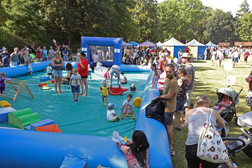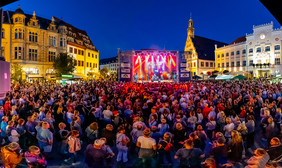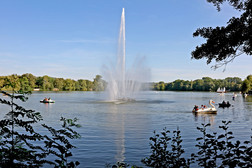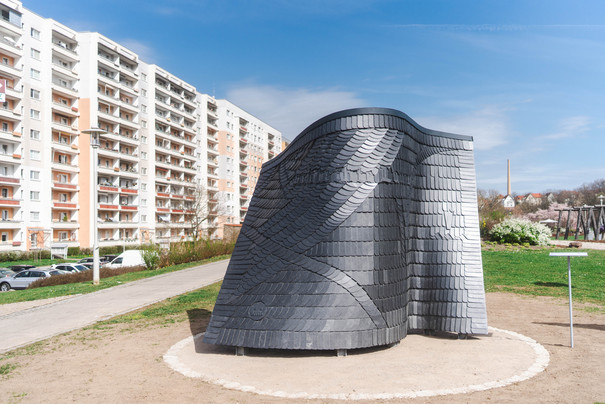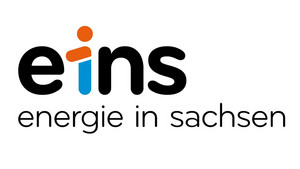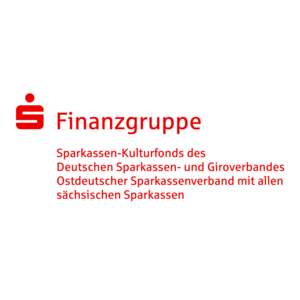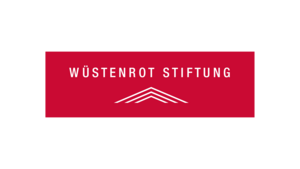With 87,600 inhabitants, the regional centre of Zwickau is the fourth largest city in Saxony. Originally a Sorbian settlement, Zwickau was first mentioned in a document in 1118. From 1150 onwards, a merchant settlement was formed in today's city centre at the intersection of two important trade routes. The old priests' houses, right next to the fascinating St Mary's Cathedral, are among the oldest residential buildings in Germany. Various monasteries, the construction of a castle - later Osterstein Castle - and the discovery of silver and copper from the early 14th century accelerated the town's growth. In the 16th century, Zwickau was one of the early centres of the Reformation in Saxony. In the 19th century, it was the birthplace of the romantic composer Robert Schumann, who, like his wife Clara, was a "pop star" of his time. From 1904 onwards, Zwickau wrote a legendary automotive success story. It began with Horch and Audi and continued with the cult car Trabant. Volkswagen has been producing electric vehicles at the Zwickau site since 1991, and exclusively since 2019.
Car history comes alive in the stunning August Horch Museum at Audistraße 7, while the lovingly and lavishly renovated old town with its cosy restaurants and green spaces in the Mulde valley offer space for leisurely moments. The swan pond not far from the centre and the open-air stage in the area, which hosts summer concerts and theatre performances, are popular leisure venues.
Jana Gunstheimer: dingenunner, dingenauf
Kunst- und Skulpturenweg PURPLE PATH
The artwork dingenunner, dingenauf by Jana Gunstheimer was inaugurated on 13 April 2025 as part of the opening weekend of the PURPLE PATH in Zwickau. The artwork is currently not accessible due to cleaning work.


